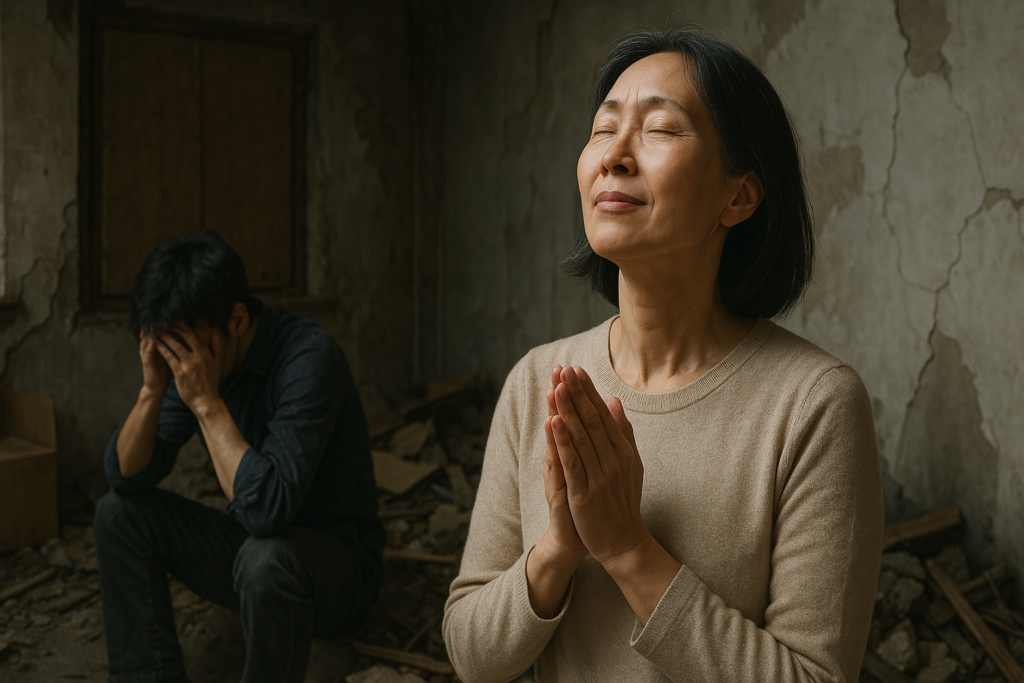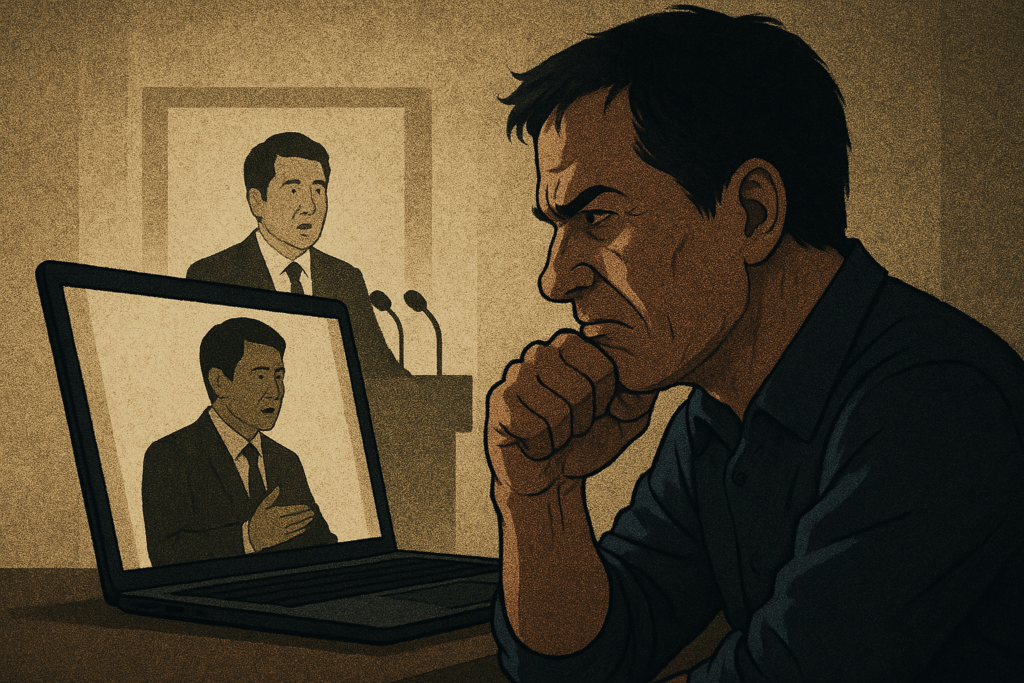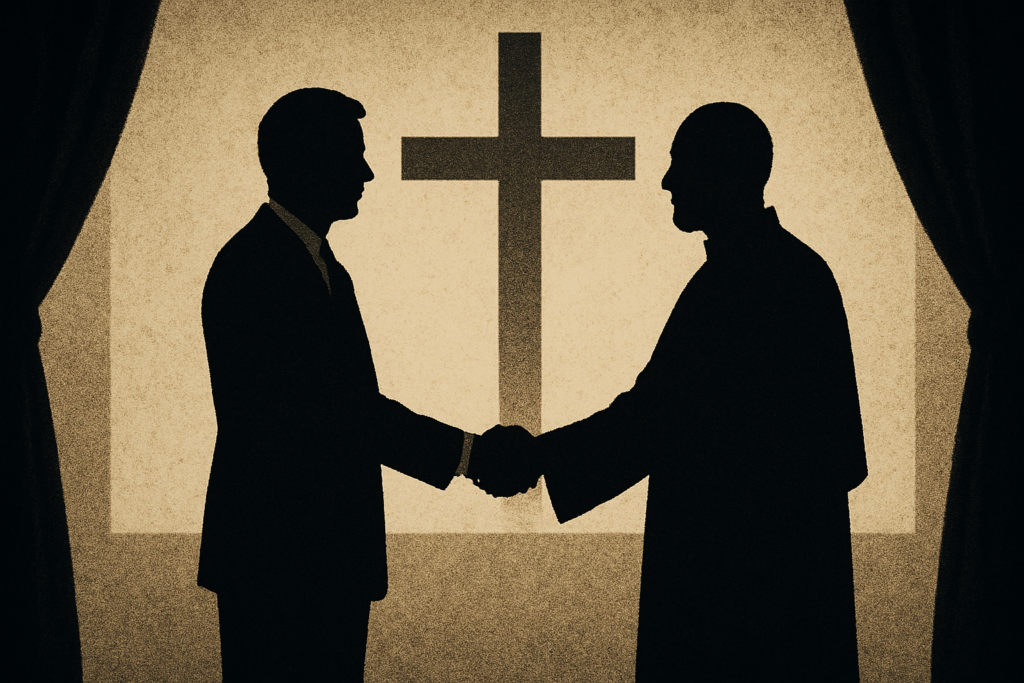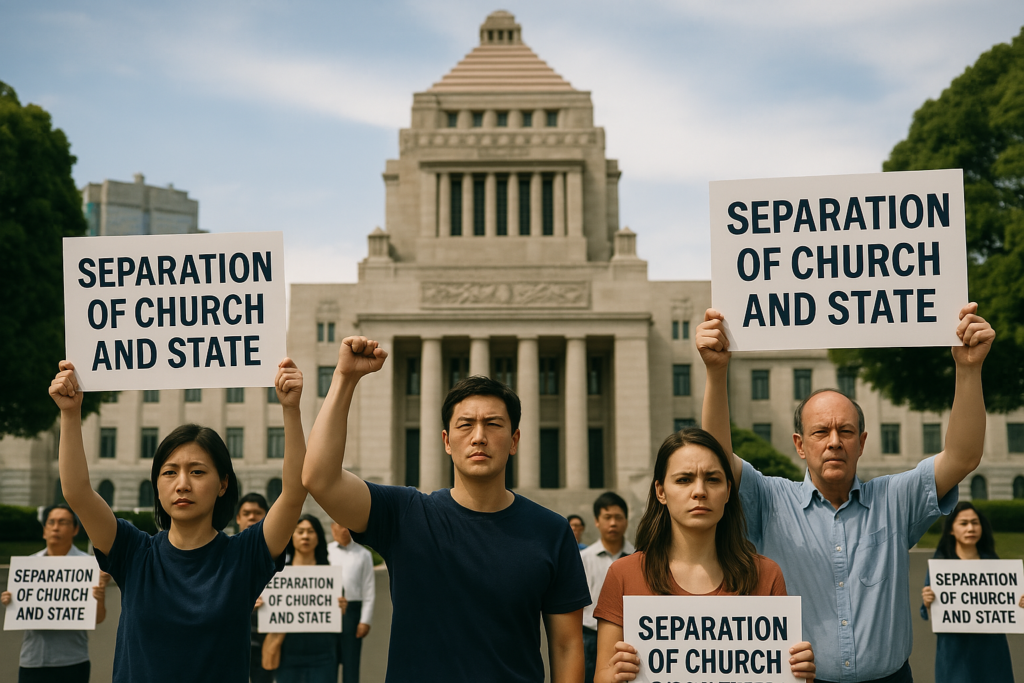On July 8, 2022, Japan lost something it had long taken for granted: the sense that political violence was a thing of the past.
Former Prime Minister Shinzo Abe, the longest-serving leader in Japan’s postwar history, was shot and killed while giving a campaign speech on the street in Nara.
It happened in broad daylight, just outside Yamato-Saidaiji Station. As Abe addressed a crowd gathered for the upcoming election, two loud gunshots rang out from behind. The first missed. Confused onlookers hesitated. Then, just 2.5 seconds later, the second shot struck Abe in the chest and neck, causing fatal injuries.
The gunman was immediately subdued. He was Tetsuya Yamagami, a 41-year-old former member of Japan’s Maritime Self-Defense Force.
His weapon? A homemade gun—crudely built but lethally effective.
In a country where gun violence is nearly unheard of, this shocking event not only stunned the public but forced Japan to confront a series of long-ignored problems hidden beneath its peaceful surface.
Why Did the Shooter Target Abe?

Yamagami was not a terrorist. He wasn’t politically motivated.
He was, in many ways, an ordinary man—a good student in his youth, a former navy serviceman, someone who drifted through low-paying jobs afterward.
But behind that quiet life was a devastating personal story.
His mother was a devoted follower of the Unification Church, a controversial religious group founded in South Korea.
After his father died, she turned to the church for hope—but what she found there consumed her entire life.
Over the years, she gave enormous sums of money to the church—over 100 million yen (about $700,000).
She sold the family home, depleted savings, and even used life insurance payouts to donate.
The result? Bankruptcy, a shattered family, and a son who watched his world collapse in silence.
Tetsuya Yamagami was one of Japan’s so-called “second-generation” religious victims—children whose parents’ extreme religious beliefs destroy the family.
He had no future, no money, no way out.
In his twenties, he attempted suicide, leaving behind a letter saying he hoped his life insurance could pay for his younger brother’s tuition.
That’s how worthless he felt his life had become.
From Hating a Cult to Targeting a Former Prime Minister

At first, Yamagami didn’t plan to kill Abe.
His true anger was directed at the Unification Church.
He had hoped to go after its leaders—but the organization was too well protected, and he couldn’t get close.
Then he saw a video.
In it, former Prime Minister Abe sent a greeting message to an event affiliated with the Unification Church.
This wasn’t an official endorsement—but for Yamagami, it was enough.
“Why is someone like him supporting the people who destroyed my life?”
That moment changed everything.
In Yamagami’s eyes, Abe had become a symbol of the political power that protected the church.
He began planning, building weapons, and finally chose a campaign event in Nara to carry out his plan.
The Unseen Ties Between Religion and Politics

After the assassination, the Japanese public learned something most had never known:
the deep, long-standing ties between the Unification Church and the ruling Liberal Democratic Party (LDP)—Abe’s party.
For decades, the church had quietly provided election support—volunteers, grassroots mobilization, and votes—in exchange for legitimacy and access.
Many conservative politicians shared the church’s anti-communist stance and traditional values, and welcomed the alliance.
Abe’s own grandfather, Nobusuke Kishi, had reportedly helped bring the Unification Church to Japan in the 1960s.
In the eyes of many critics, the church was no fringe group—it had become a quasi-political force, hidden in plain sight.
For Yamagami, this was proof that the people who ruined his life had friends in the highest places.
He no longer saw Abe as an individual. He saw a system that had failed him—and Abe as its face.
A Tragedy Rooted in Social Neglect

Yamagami’s actions cannot be justified. But they cannot be dismissed as mere madness either.
His story reveals some uncomfortable truths about modern Japan:
• Religious abuse has been ignored for decades.
• Children born into such households—so-called “second-generation” believers—have little legal or social protection.
• Mental health support and social safety nets are inadequate, especially for young men who fall through the cracks.
• There is a strong cultural belief that “family problems” should be handled privately, which leaves victims isolated.
Yamagami tried to survive.
He joined the navy. He worked low-wage jobs.
But there was no escape.
No one helped. No one saw him. No one cared.
He eventually broke.
A Wake-Up Call for Japan

The assassination shocked the world—but the ripple effects in Japan were even greater.
• The government passed a new law to ban manipulative religious donations, especially those involving coercion or guilt.
• Thousands of victims came forward to speak about their own families’ ruin at the hands of the Unification Church.
• In 2025, a Japanese court ordered the legal dissolution of the Unification Church, stripping it of its religious status—a historic and unprecedented move.
Yet even more surprising was the public response to Yamagami himself.
Many people, especially other “religious second-generation” victims, felt empathy.
They said, “If he hadn’t done what he did, we would still be ignored.”
Over 10,000 people signed petitions asking for leniency.
Hundreds wrote letters of support.
Not because they approved of the murder—but because they recognized the desperation and suffering that had led to it.
More Than Just an Assassination
This was not simply a political killing.
It was the culmination of years of neglect, complicity, and silence.
Shinzo Abe’s death exposed:
• The dangerous ties between politics and fringe religious groups.
• The fragility of public security, even in a nation with strict gun laws.
• The failure of the state to protect vulnerable individuals.
• And the deep social isolation that quietly afflicts many Japanese citizens.
Tetsuya Yamagami is no hero. But he is also not a monster.
He is the product of a society that did not hear his screams.
Why This Incident Must Not Be Forgotten
The story of Shinzo Abe’s assassination is about far more than one man’s death.
It is about a country forced to confront what it has ignored for too long.
Japan prides itself on being peaceful, safe, and orderly.
But behind that image, there are people like Yamagami—
invisible, desperate, abandoned.
That is why this tragedy matters.
Not because it happened,
but because of what it reveals about the society in which it could happen at all.
Recommended Articles







Comments